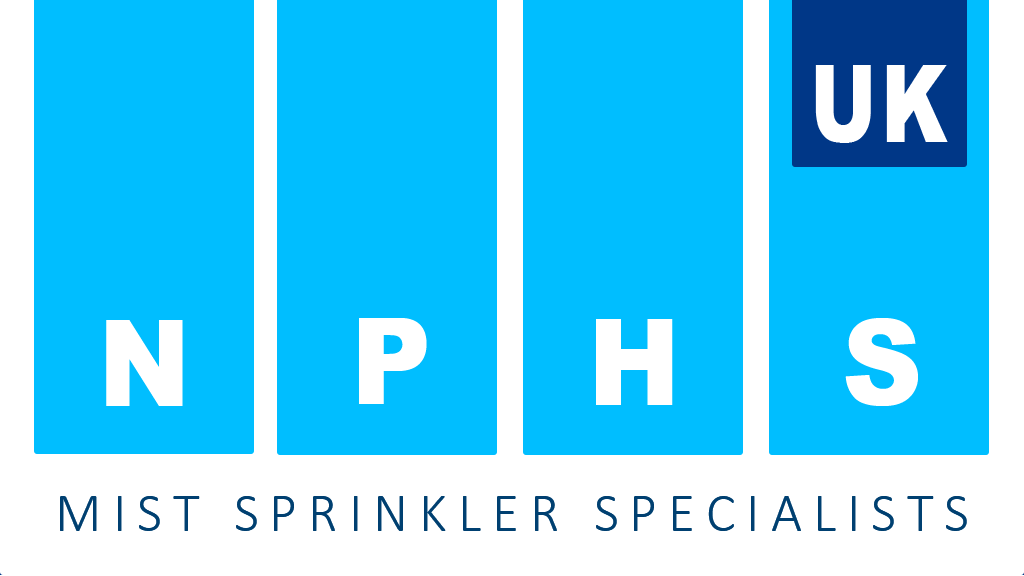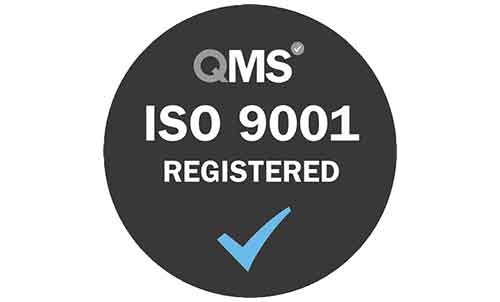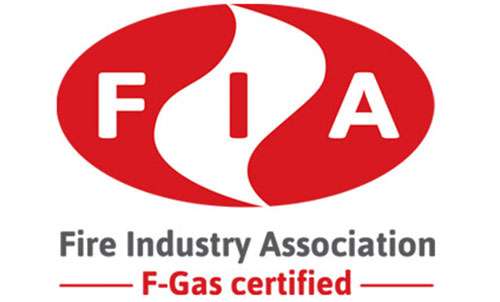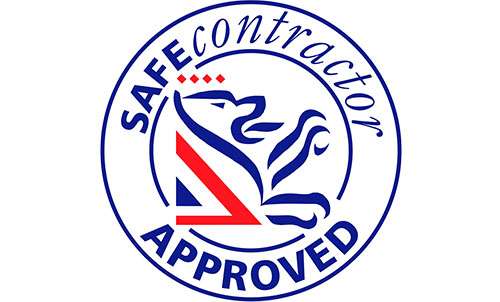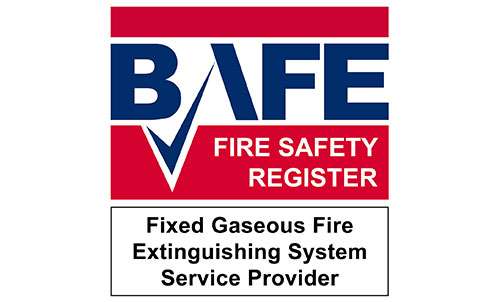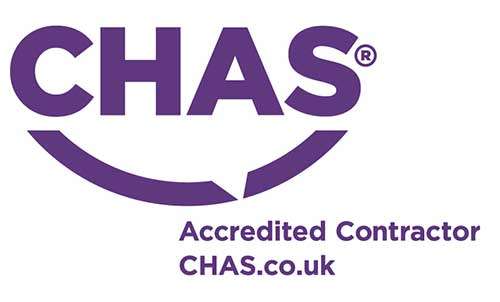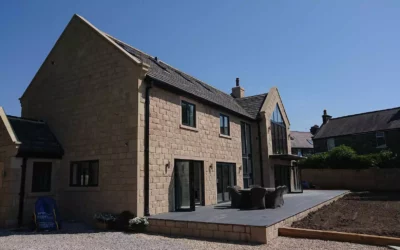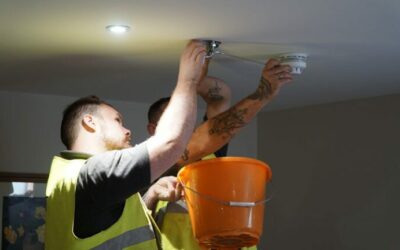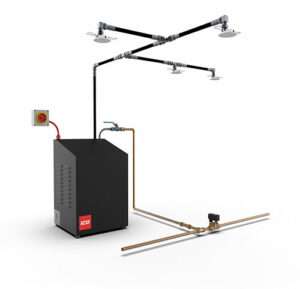Test Standards
Our Water Mist System is a viable alternative to traditional sprinkler systems and our designs are submitted in conjunction with the following standards as applicable:
BS 8458 – BS 9251 – BS 9252 – BS 7671


Water Mist Testing
– What tests are undertaken to ensure it is acceptable for the home?
Our custom built water mist system undertook independent third party rigorous inspection by Exova Warrington Fire, a UKAS accredited laboratory, achieving the required testing and standards criteria.
Testing is done on set criteria and also ensures systems are tested to cover fire compartments of up to 80m2 which when achieved, allows water mist system to be used on domestic and residential projects across the UK. Full transparency of test reports and certificates are available upon request for potential clients.
Two sets of performance fire tests were undertaken:
BS 8458
Objective: To demonstrate the capability of a water mist system to control a fire when tested in accordance with BS 8458:2015: Annex C.
Conclusion: The water mist system suppressed the fuel packages and met all the criteria specified in Clause 6.1 (a), (b) & (c) of BS 8458:2015 for domestic and residential purposes at a maximum of 80m².
BS 9252
Objective: To demonstrate the capability of a water mist system to control a fire utilising the principles of the test procedure defined in BS 9252:2011: Annex S.
Conclusion: Where the thermocouples were positioned at 1.6m above the floor, the temperatures did not exceed 55°C for any 120 second interval.

BS 8458:2015
This standard covers watermist fire suppression systems for use in domestic and residential properties. Installation and design of the system is covered in the standard while giving guidance on how watermist should be utilised during the whole fire strategy.

BS 9252:2011
BS 9252:2011 sets out a list of testing criteria that is strictly for traditional sprinklers. The iCO systems has been tested against this to show it is equal to, or enhanced, over traditional sprinklers.

BS 9991:2015
This standard covers design freedoms and provides guidance on real practical solutions where certain conventions laid out in other standards may be too restrictive due to the nature of some buildings which have design and legislation irregularities.
Thinking of going open plan?
The IPH Process
– we keep things simple
We offer a free quote and design service for all property developments and refurbishments, whether it’s a new family home open-plan project or larger residential and domestic schemes, we’re here to support you.
1. Consult
Contact our dedicated engineers, provide project details with floor plans, free consultation.
2. Design
We offer free floor plan designs to support your approval process with Building Control.
3. Install
Once agreed to proceed we arrange a suitable time to install the full system (avg. 2 Day installation)
4. Certify
Your installed water mist system will be activated by an approved Water Mist Engineer.
5. Service
Our water mist system performs monthly self-tests, it only requires annual servicing
Being in Business for over 30 years, we’re renowned in the industry as a safe contractor meeting all expected service requirements.

Supporting Resources
WHY SHOULD FIRE SPRINKLERS BE INSTALLED IN YOUR HOME?
A fire can happen at any time, and it can be caused by many different things. It is important to be prepared for the worst-case scenario. Installing a fire sprinkler system in your home is one way to protect your family from the dangers of a fire. Fire sprinklers are...
Does Water Mist Suppression System Benefit My Home?
A water mist suppression system is beneficial for homes because it helps in reducing the overall humidity in the home, which can help with allergies and asthma. It also helps reduce mold growth and other airborne contaminants caused by moisture. There are two common...
Water mist systems: What to consider and why third party testing is essential
Water mist systems may be quite successful in stopping the spread of fire if utilised appropriately. The systems function by spraying small droplets of water at a relatively high pressure, as the name implies. These systems function by decreasing the temperature and...
